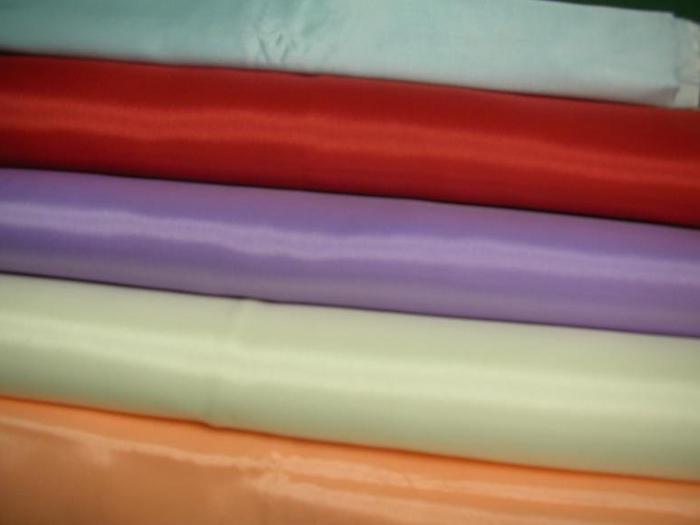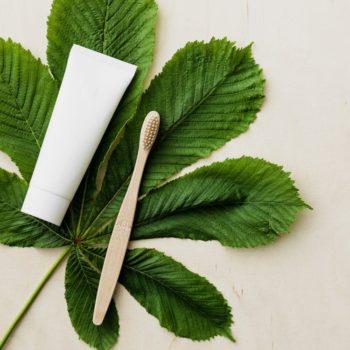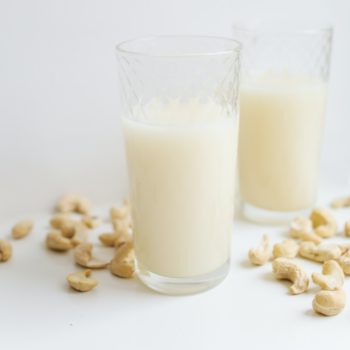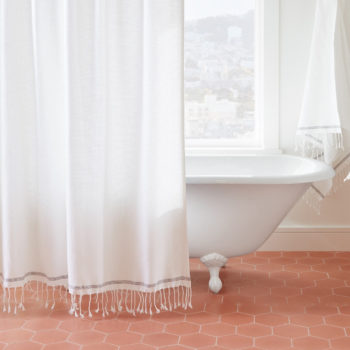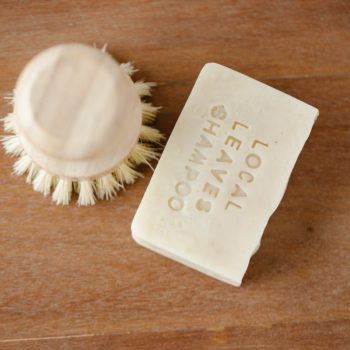|
|
Acetate is a significant material that blends fashion and practicality. This synthetic fabric, cellulose acetate, originates from renewable sources like wood pulp and cotton linters. This mix of innovation and eco-friendliness is evident in its making. Acetate is impressively versatile and used in fashion, eyewear, and more.
But as we go deeper into acetate, we must balance its positives and negatives to grasp its environmental impact. Let’s uncover the world of acetate, from where it comes from to how it affects our environment.
What is Acetate Fabric, and How Is it Made?
Acetate fabric originates in cellulose acetate, a compound crafted by chemically altering cellulose molecules with acetic acid. This transformation imparts distinctive traits to the fabric, such as its softness, elegant drape, and glossy finish.
To make acetate fabric, cellulose fibers are treated with acetic anhydride. This turns them into cellulose acetate. This new material is turned into thin strings and then spun into yarn. Skilled craftspeople then weave or knit these yarns into fabrics that can be used for many things.
Acetate fabric has good points. It looks luxurious, is lightweight, and lets air pass through, making it comfortable. It hangs nicely and can be dyed in bright colors. But there are also downsides. It’s not as strong as natural materials like cotton or wool. Heat can damage it and shrink or even melt if not handled correctly.
How Eco-friendly is Acetate Compared to Other Fabrics?
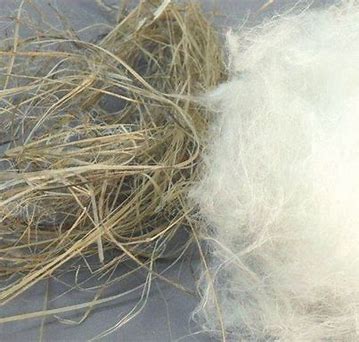
Cellulose acetate, sourced from natural cellulose, is recognized as a semi-synthetic material. Although complete biodegradability is not achieved, producing cellulose acetate can align with sustainability principles by adopting responsible sourcing of wood pulp. Innovative strides are being made toward bio-acetate, derived from renewable sources like corn or bamboo.
Making acetate uses chemicals and energy, which are common in making synthetic things and can harm the environment. However, when we compare it to regular plastics like acrylic or polyester, acetate usually has a more minor impact on the Earth’s carbon footprint.
Comparing acetate to other synthetic materials in terms of sustainability: When measured against petroleum-regarding ethics like polyester, acetate fabric shines due to its origin from renewable resources. While not equating natural fibres like cotton or linen in eco-friendliness, acetate still stands as a more sustainable alternative when contrasted with numerous other synthetic fabrics.
Exploring Acetate: From Acetyl to Rayon and Sustainability
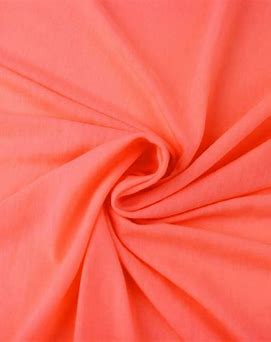
Acetate’s journey is an exciting adventure that goes from its essential parts to how it helps make sustainable rayon. Acetate is an artificial material made from cellulose, which comes from things like wood pulp and cotton bits. It starts with acetyl compounds, which are like building blocks.
These compounds change to become cellulose acetate, a material that can be used in fashion and eyewear, among other things. Because it comes from sources that can be replaced, acetate is better for the environment than other artificial materials.
One particular stop on acetate’s journey is its part in making eco-friendly rayon. Rayon is a type of material that’s kind of like a mix between natural and artificial. It can be made from cellulose acetate smartly and efficiently.
This involves changing cellulose acetate back into cellulose, which is then used to make rayon fibers. This process is good for the environment because it uses things that can grow again and might be gentler on the Earth than older ways of making rayon. This connection between acetate and eco-friendly rayon shows how materials are changing to be better for the planet while still being useful in many different things we use.
On the other hand, the sustainability of rayon fabrics varies widely, ranging from not eco-friendly to very eco-friendly. This depends on how they’re made and where the wood used as raw material comes from. When rayon fabrics are produced using certified wood and a closed-loop manufacturing process, they usually turn out to be sustainable because resources are recycled.
The Pros and Cons of Using Acetate Sunglasses

Acetate sunglasses frames are trendy due to their lightweight, hypoallergenic, and comfortable nature. They can be easily shaped and come in various colors and patterns, allowing for greater design flexibility. Acetate frames also offer excellent durability and resistance to corrosion.
However, one of the main disadvantages of acetate sunglasses frames is their susceptibility to heat and moisture. They can warp or lose their shape when exposed to high temperatures, and prolonged exposure to water can cause them to swell or deteriorate. Additionally, acetate frames require proper care and maintenance to prevent scratches.
For those looking for more sustainable options, there are alternatives to acetate sunglasses frames, such as frames made from reclaimed or recycled materials like wood or metal. Some brands also offer sunglasses with frames made from bio-based plastics or biodegradable materials.
Can Acetate be Recycled or Biodegraded?
Cellulose acetate can be recycled, although the process can be challenging due to its chemical composition. Some initiatives and brands are working towards developing efficient recycling methods for acetate products, reducing the environmental impact associated with its disposal.
While cellulose acetate is not naturally biodegradable, it can be broken down under specific conditions. However, the decomposition process can be slow, and proper recycling or waste management disposal is still the preferred method to minimize environmental harm.
Several eyewear brands have recognized the need for sustainable practices and offer acetate frame recycling programs. These programs allow customers to return their old acetate frames for recycling, preventing them from ending up in landfills or polluting the environment.
Some examples of sustainable acetate eyewear brands include:
- Eco by Modo: This brand creates environmentally friendly eyewear using recycled stainless steel and plant-based acetate.
- Sea2See: Sea2See produces eyewear frames from upcycled marine plastic waste, including acetate. They aim to combat ocean pollution while creating stylish and sustainable eyewear.
- Moscot: Moscot is known for its commitment to sustainable practices. They offer frames made from biodegradable acetate and prioritize ethical production.
- Dick Moby: Dick Moby specializes in eco-friendly eyewear, utilizing biodegradable acetate and recycled materials for their frames.
- Karün: This brand creates eyewear from recycled fishing nets and plant-based acetate, promoting sustainability and environmental conservation.
These brands showcase the growing trend of sustainable eyewear, where acetate frames are part of a broader effort to reduce environmental impact and promote responsible consumption.
What Sustainable Fashion Practices Involve Acetate?

Acetate is often used by sustainable fashion brands that prioritize the use of eco-friendly materials. Its versatility and aesthetic appeal make it a popular choice for designers creating less environmental impact collections.
Many renowned designers have incorporated acetate into their sustainable fashion collections, showcasing the material’s potential as a sustainable alternative. These designers focus on responsible materials sourcing and ethical manufacturing practices to create environmentally conscious fashion. Here are some of them:
- Reformation: Reformation is known for its commitment to sustainability and offers a range of clothing items made from eco-friendly materials, including acetate.
- Amour Vert: This brand focuses on sustainable fashion and uses eco-conscious materials like Tencel and acetate in their collections.
- Stella McCartney: Stella McCartney is a pioneer in sustainable luxury fashion and incorporates eco-friendly materials like acetate in her designs.
- Patagonia: Patagonia extends its sustainable practices to clothing and uses materials like organic cotton and recycled acetate for specific products.
- Eileen Fisher: Eileen Fisher emphasizes sustainable and ethical fashion, incorporating materials like organic cotton and responsible acetate into their collections.
- People Tree: People Tree is dedicated to ethical and sustainable fashion, using materials like organic cotton and eco-friendly acetate in their clothing.
- Re/Done: This brand focuses on upcycled denim and offers sustainable clothing made from organic cotton and responsibly sourced acetate.
- Mara Hoffman: Mara Hoffman integrates sustainable practices into her collections, using eco-friendly materials like acetate
- Thought: Thought is committed to sustainable and ethical fashion, utilizing organic cotton, bamboo, and eco-friendly acetate.
- Veja: While known for sustainable footwear, Veja also extends its commitment to materials, including using responsibly sourced acetate for some fashion items.
These brands exemplify the growing movement within the fashion industry towards sustainable practices, where using materials like acetate aligns with their eco-conscious values.
Frequently Asked Questions
Acetate is a type of synthetic material that is derived from cellulose, a plant-based compound. It is also known as cellulose acetate.
Acetate is considered to be relatively sustainable compared to other plastic materials. It is derived from renewable sources such as wood pulp and cotton. However, its sustainability depends on the manufacturing process and the specific acetate material used.
Some advantages of acetate include its biodegradability, versatility, and recycling ability. On the other hand, one disadvantage of acetate is that it can take several years to decompose fully.
Acetate frames are eyewear frames made from cellulose acetate. They are popular for their durability, flexibility, and wide range of colors and patterns.
Cellulose is a complex carbohydrate found in plants’ cell walls. It is one of the main components of natural fibers and is also used to produce various materials, including acetate.
Acetate salts are compounds formed when an acetate ion combines with a metal or other positively charged ions. They are commonly used in various industries, such as pharmaceuticals and food processing.
Yes, acetate can be recycled. It can be processed and reused to create new products. Recycling acetate helps reduce waste and minimize the environmental impact of its production.
Acetate is often considered a more sustainable alternative to traditional plastics. It is derived from renewable sources and can be biodegradable under the right conditions. However, it is important to note that the sustainability of acetate depends on various factors, including its production and disposal methods.
While acetate is typically made from renewable sources such as wood pulp or cotton, it is also possible to manufacture acetate from non-renewable sources. However, using renewable sources is generally preferred to minimize the environmental impact.
Acetate itself is not considered to be highly harmful to the environment. However, improper disposal of acetate waste or excessive production can contribute to pollution and environmental degradation. It is essential to handle and dispose of acetate products responsibly.
Conclusion
Acetate’s journey is a blend of innovation and eco-consciousness in fashion and sustainability. Derived from renewable sources like wood pulp and cotton linters, acetate shines in fashion and eyewear. It’s fascinating how acetyl compounds can transform into versatile cellulose acetate fabric, known for its softness, elegance, and glossy appearance.
While sustainability isn’t always easy, acetate fabric offers promise when crafted with responsible practices. Even though it’s not fully biodegradable, sustainability sprouts from sustainable sourcing of materials and the rise of bio-acetate from renewable sources.
Choosing acetate isn’t just about style. It’s embracing the evolution of materials with a future-focused perspective. By opting for acetate, you’re joining the story of change, where fashion and sustainability dance in harmony through conscious choices.
